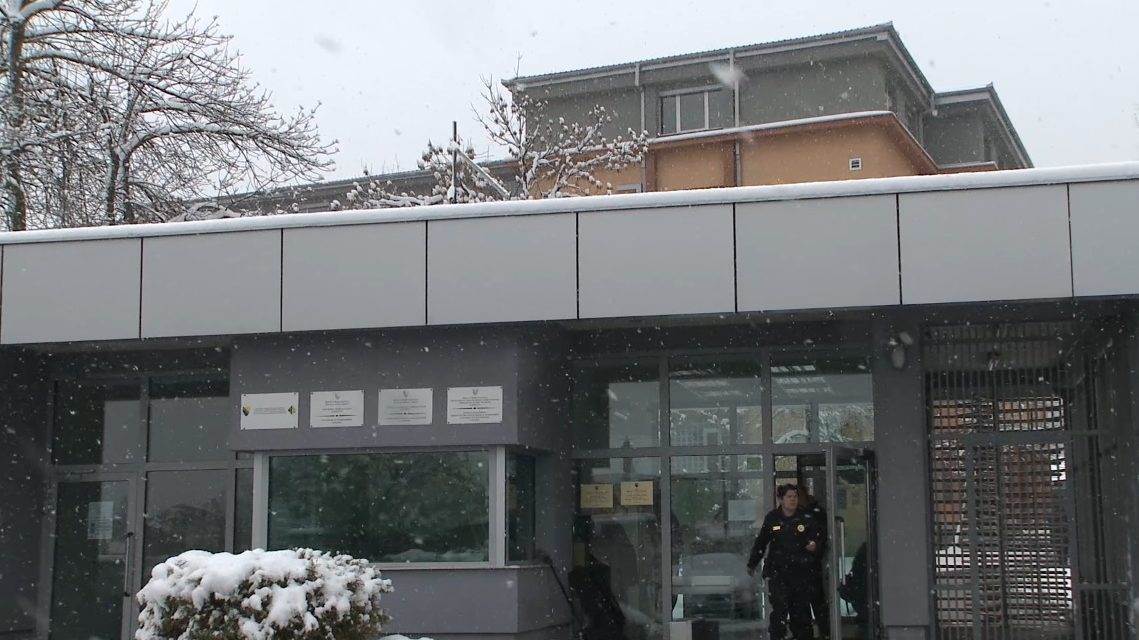This post is also available in: Bosnian
Mujo Begic, Senadin Ramic and Zlatan Alisic, the authors of “Tomasica – Mass Grave,” say their work can help institutions in proving that an act of genocide was committed in the Sana river valley during the Bosnian war.
“With this monograph we would like to illustrate the dimensions of the crime that was committed and to send a message that criminality and evil do not create a path towards the future,” Begic said at the book’s promotional event in Bihac.
The authors state that the systematic and planned obfuscation of war crimes is a comment element of the Sana River Valley killings as well as Bosnian war crimes as a whole. The Tomasica mass grave, which contains the bodies of 378 individuals killed in Prijedor and the surrounding area, is presented as a symbol of evil and as a confirmation of the killings that lead to its creation.
Jasmin Odobasic’s book “One Thousand Graves in Bosanska Krajina, 1992-1995,” contains a chronology of exhumations from 1132 graves, which lead to the identification of 4006 individuals.
“If you divide the total land area of 12,679 square kilometers in the 20 municipalities of Bosanska Krajina by 1132 graves, you can see that there’s one grave per each square kilometer,” Semsudin Mehmedovic said during the book’s promotion in Bihac.
Mehmedovic said “One Thousand Graves” carries historical significance, because it offers a wide overview of the scale of the war crimes committed in Bosnia and Herzegovina.
Odobasic led a team conducting exhumations in the Bosanska Krajina area for a long time. He told BIRN-Justice report that uncovering the remains of young children, including infants, was the most difficult part of the job for him.
“Each exhumation is a separate story,” Odobasic said. He explained that the book contained court documents, prosecutorial reports and records made at the sites, as well as approximately 4000 documents confirming the identities of the victims.
Frano Komarica, a bishop from Banja Luka, participated in the book’s promotion. He said “One Thousand Graves” described the fate of thousands of innocent people who became victims of one of the worst wars of recent history. He said it also presented an obligation to the living to uncover and share the truth, as a way of building peace between the different peoples of Bosnia and Herzegovina.
“There is no peace without objectively determined truth, justice and a readiness to forgive and reconcile. The stability of a country depends on the credibility of the builders and the building,” Komarica said.


